
Rubin Observatory uses a survey telescope, but what does that mean?
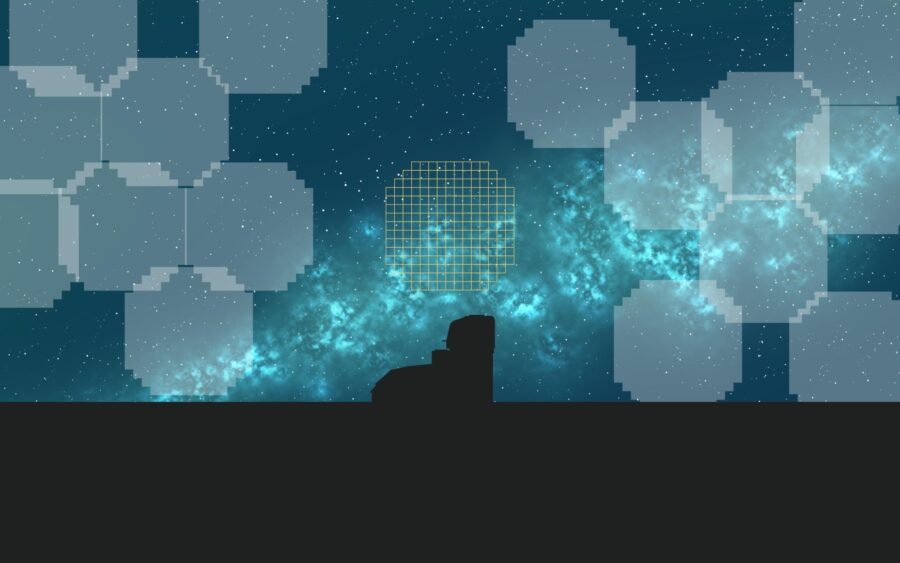
You might have heard Rubin Observatory referred to as a “survey telescope”—but what does that mean? Click through to find out!
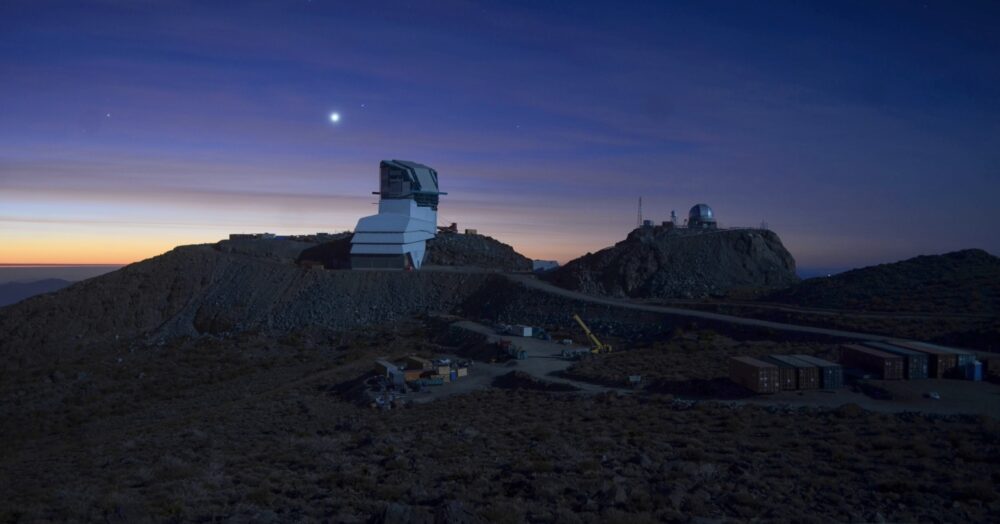
There are a lot of different telescopes around the world. They come in many shapes and sizes, and each of them are good at measuring different things in the night sky.
Credit: CTIO/NOIRLab/NSF/AURA/D. Munizaga

Some telescopes let scientists look at specific parts of the sky in high resolution to study the fine details of objects, or for a long time to collect more light and see fainter objects.
Other telescopes let scientists study lots of objects in wide areas of the sky, but at a lower resolution.
Credit: Dark Energy Survey/DOE/FNAL/DECam/CTIO/NOIRLab/NSF/AURA/T.A. Rector/M. Zamani/D. de Martin
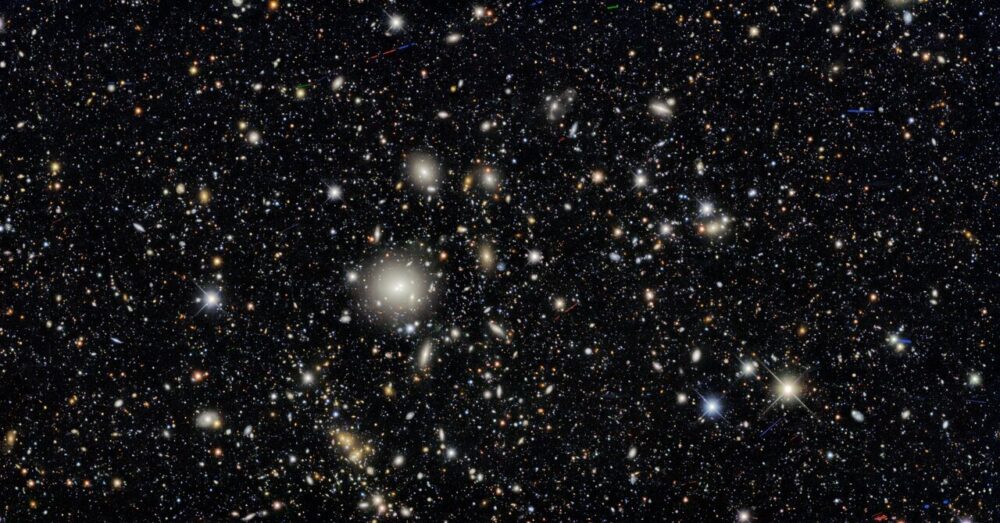
Survey telescopes, like the one at Rubin Observatory, make maps of the night sky by scanning and taking pictures of all parts of the sky instead of taking pictures of one specific object or set of objects.
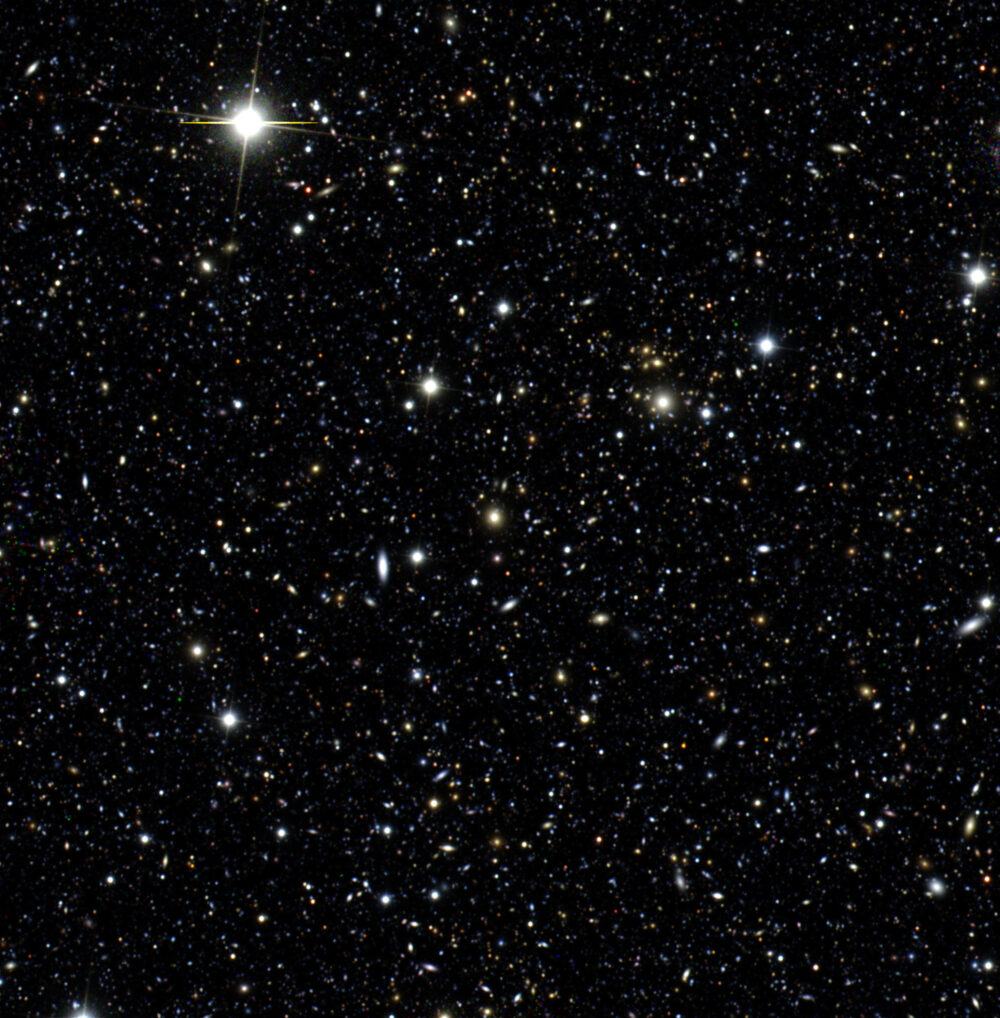
With such general pictures, scientists can choose to study many different things, all with the same set of images.
One scientist could use those images to study stationary galaxies—kind of like looking at houses or buildings while clicking through Google Streetview.
Galaxy Credit: KPNO/NOIRLab/NSF/AURA
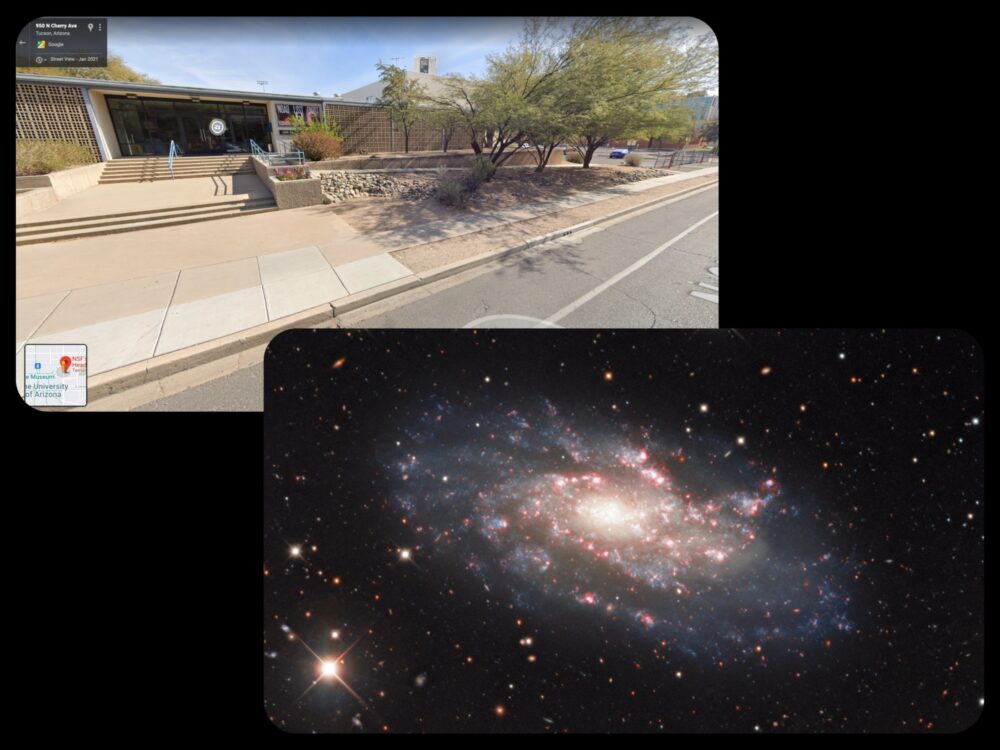
Another scientist could use the same images to look for objects that change or move in the sky, like asteroids or supernovae—kind of like watching cars or people move from frame to frame while clicking along a street in Google Streetview.
Galaxy Credit: Composite by Richard Sword, Institute of Astronomy, University of Cambridge/Gemini Observatory/Isaac Newton Telescope
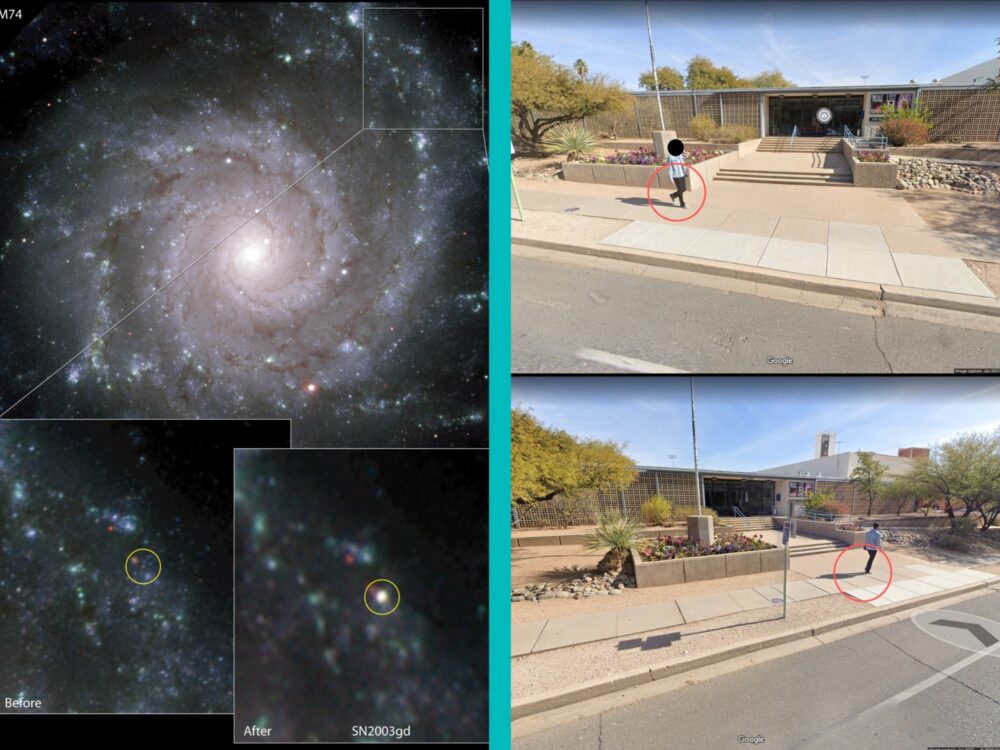
A survey telescope is good at all kinds of science—it isn’t designed for any single kind of science or to look at specific kinds of objects.
Credits:
Galaxy group: International Gemini Observatory/T.A. Rector
Galaxy: Gemini Observatory GMOS-North Image
Comet: WIYN/NOIRLab/NSF/AURA/T.A. Rector, Z. Leva, L. Frattare
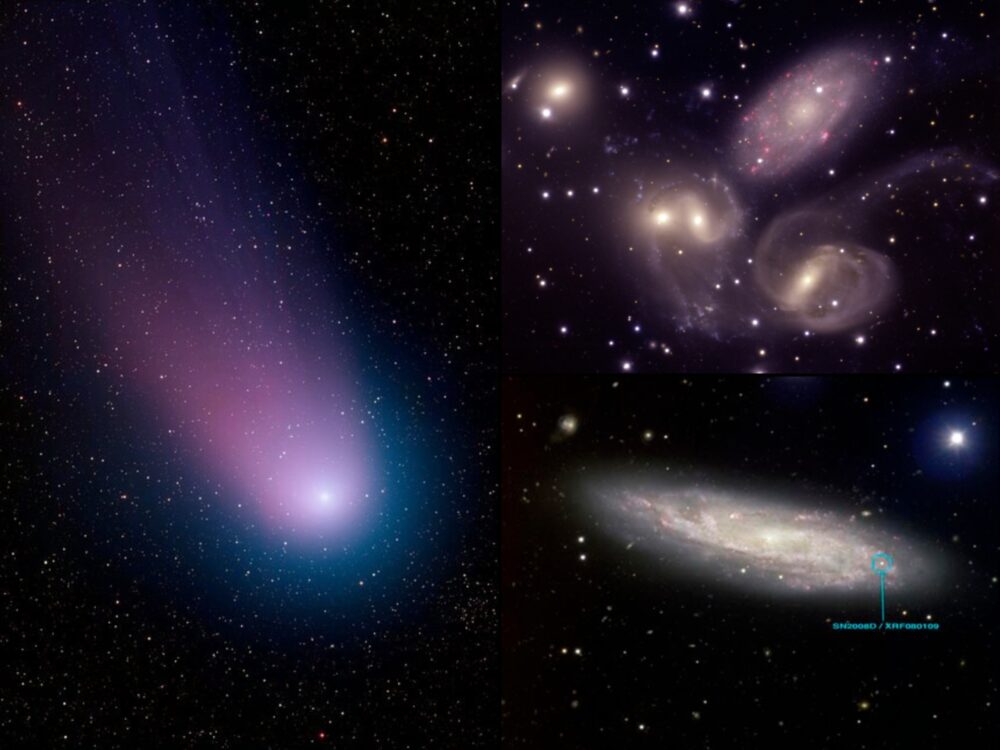
To make a telescope that’s good at lots of different science, astronomers and engineers have to think about ALL the science the telescope might do, not just their own research. Many different people with different interests and expertise came together to make Rubin Observatory the best survey telescope it can be.
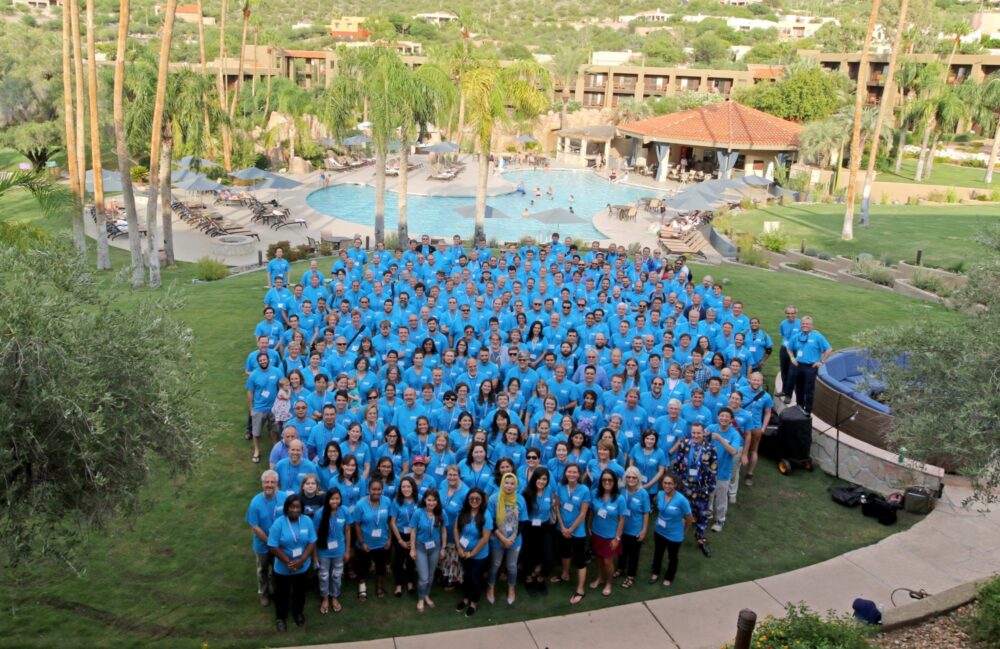
And Rubin Observatory isn’t just another survey telescope. It’s been specially designed to:
Quickly take huge pictures of the entire Southern Hemisphere sky
Repeat those pictures every few nights for ten years
Take those pictures in super-high detail
...and do all of this while also being able to see very faint objects
No other telescope can do all of those things at once!
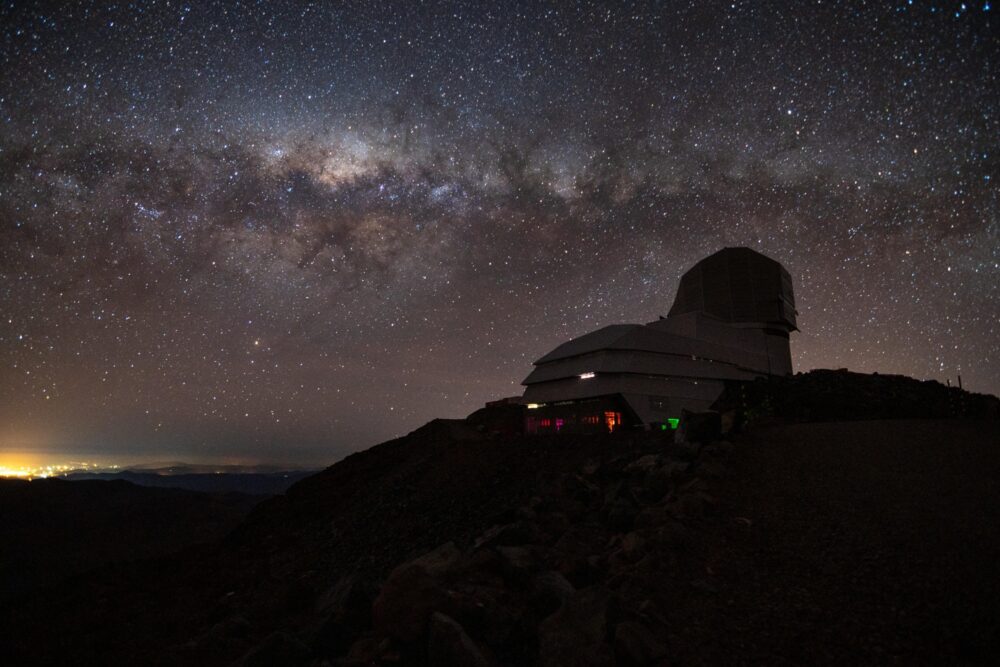
How can Rubin Observatory accomplish all of these things at the same time? There are a few major reasons:
Rubin Observatory’s telescope can move much faster than other telescopes its size. That means it can take more pictures faster and create a more detailed map of the night sky.
Rubin Observatory also has a big field of view—one picture covers the same area as 40 full moons!
Rubin Observatory’s camera is the highest resolution camera ever created for astronomy and astrophysics, which will let scientists see more detail than they’ve been able to before.
Rubin Observatory has a big, 8.4-meter main mirror that lets it collect a lot of light from space and see faint objects.
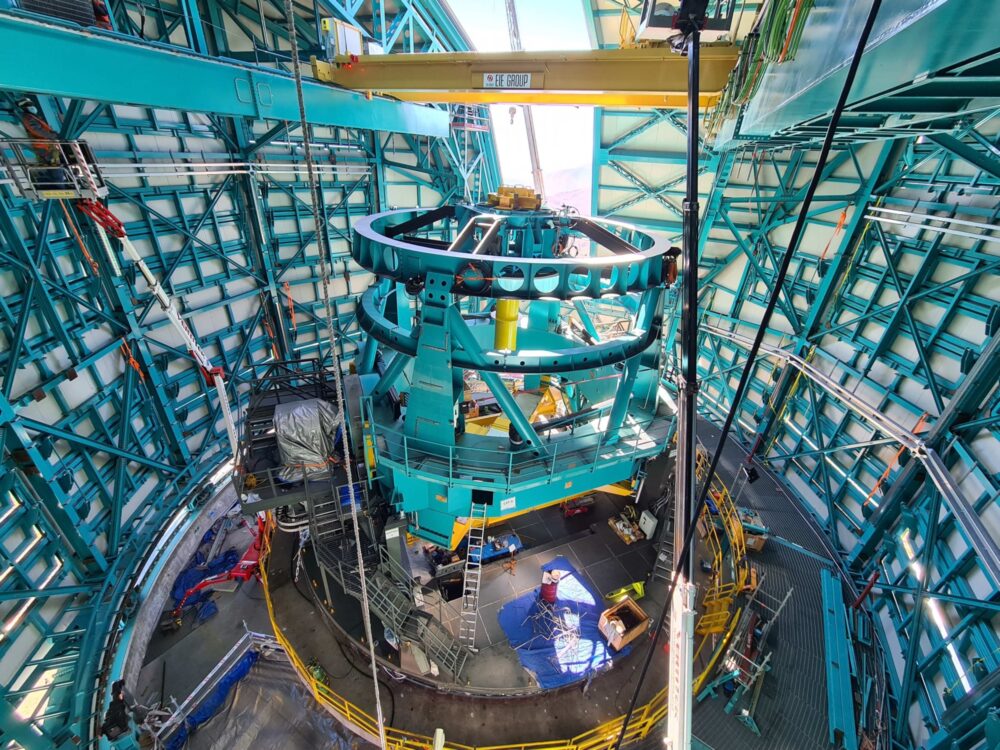
Over the course of a ten-year survey, Rubin Observatory will use all of these great features to take more than five million of those huge pictures of the night sky in more detail than has ever been possible before, enabling brand new discoveries about the Universe!
